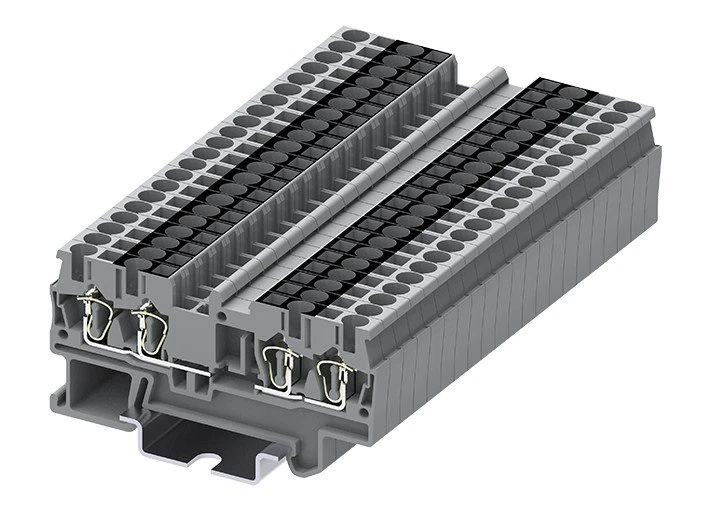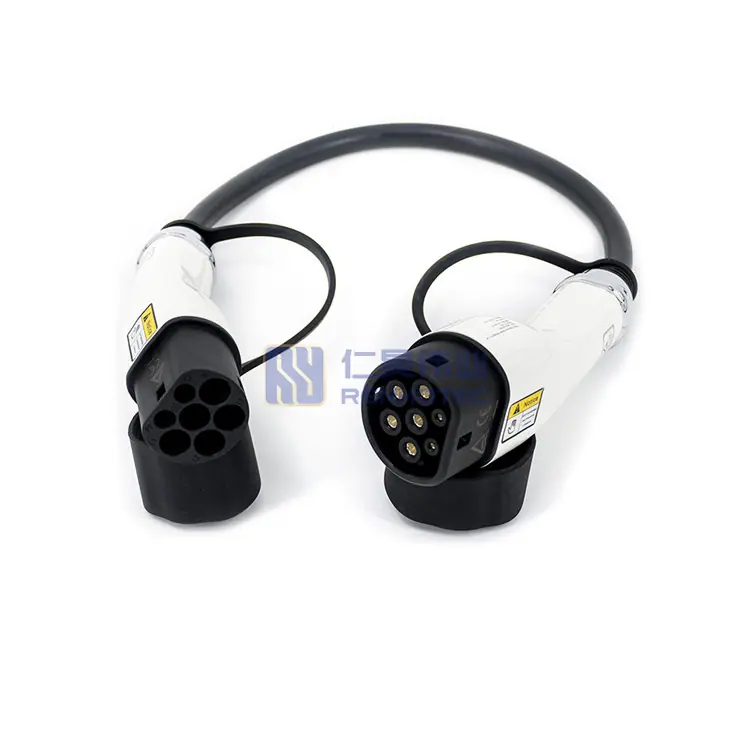Wiring terminals or connectors, also called terminal blocks or terminal strips, are essential components in electrical and electronic circuits. They act as connection points for various wires, cables, and devices. With the help of wiring terminals, users can easily install, replace, test and repair electrical components and systems without much difficulty. This article will discuss wiring terminals types, characteristics, and usage notes in detail.
Types and Characteristics of Common Wiring Terminals
1.Screw Terminal Blocks
A screw terminal block is the most traditional type of wiring terminal. In which the wires are stripped of insulation and then wrapped around a screw that is tightened down with a screwdriver. The benefits of screw terminal blocks are their reliability, low cost, and easy maintenance. However, they require more time and effort to wire up, and they may loosen over time when exposed to vibration.
2.Pressure Terminal Blocks
Pressure terminal blocks are similar to screw terminal blocks in terms of their reliability and low cost. However, pressure terminal blocks require less time to wire up and provide more consistent contact pressure than the screw terminal block. Instead of tightening a screw, a user inserts the wire end into the terminal block and then uses a spring-loaded clamp to press down on it.
The clamp compresses the wire against a current bar and holds it tight. This design makes pressure terminal blocks ideal in applications that involve frequent disconnections.
3.Pluggable Terminal Blocks
Pluggable terminal blocks, such as DIN rail terminal blocks, are more expensive than screw and pressure terminal blocks. However, they have the advantage of being easy to install and remove.
Pluggable terminal blocks have a female connector. In which male connectors can be inserted quickly and easily. They are commonly used in areas that require frequent device exchange or maintenance.

4.Spring-cage Terminal Blocks
Spring-cage terminal blocks have a similar construction to pressure terminal blocks, but they have added retention and vibration resistance capabilities. In addition, they require less time and skill to install than screw terminal blocks.
They use a spring-cage with a V-shaped wire that pushes against the wire as the user inserts it. The spring-cage automatically makes a positive connection and provides constant pressure on the wire, which helps make the wire termination more secure.

Usage Notes and Precautions of Wiring Terminals
1.Choose Appropriate Wiring Terminals
Selecting the correct wiring terminal blocks depends on the application’s requirements, such as the amperage, voltage, wire gauge, and environmental condition. It is essential to choose the proper wiring terminals to ensure the system’s optimal reliability and performance. We should take care to avoid using connectors that have too high or too low a rating, which can lead to malfunction, damage, or even electrical accidents.
2.Check the Tightness of Wiring Terminals
The connection between the wire and the terminal block must be tight to make a secure, low-resistance electrical connection. For screw terminal blocks, it is essential to check the screw’s torque with a calibrated torque screwdriver to ensure optimal tightening. Over-tightening can cause damage to the screw or wire, and under-tightening can cause a loose connection.
For spring-cage, pressure, and pluggable terminal blocks, the user only needs to insert the wire correctly into the terminal block. These types of wiring terminals automatically provide the right amount of pressure and require no torque adjustment. However, ongoing inspection and testing are required to ensure proper functioning.
3.Avoid Loose Connections and Poor Contacts
Avoid loose connections as they can cause overheating, arcing, or even fire. Loose connections can result from vibration or thermal cycling, which causes screws to loosen over time. Regular maintenance, screw retightening or the use of locking washers or cementing practices can help prevent loose connections.
4.Avoid Short-circuits
Short-circuiting should be avoided at all costs as it can cause damage to devices or even fires. Short-circuits can result from the use of inappropriate terminal blocks or poorly connected wires. Short-circuits can also happen when wire insulation is stripped too far or when wires of different polarities come into contact. Always check the instructions, diagrams, or consult with an expert to avoid short-circuits.

Conclusion
Wiring terminals are vital components for any electrical or electronic system. They are used to make secure and reliable connections, reduce maintenance time and effort. There are various types of wiring terminals, each with its unique characteristics, advantages, and disadvantages. When selecting wiring terminals, care should be taken to ensure that they meet the system requirements.
The tightness of the wire connections, the avoidance of poor contacts and loose connections, and the prevention of short-circuits are also crucial considerations. With proper installation, maintenance, and safety precautions, wiring terminals help ensure reliable and safe system operation.



